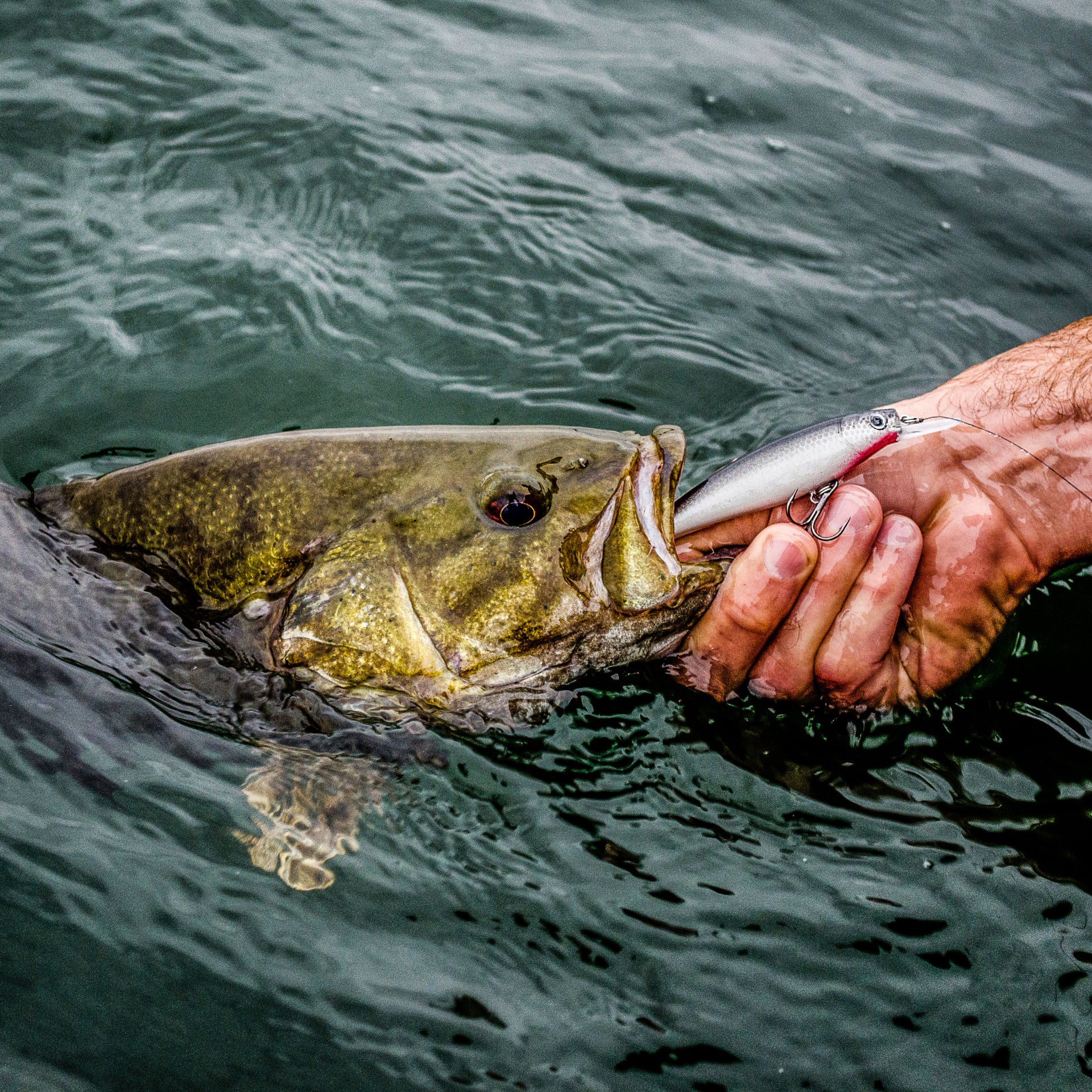
Oil-based scents are derived from the highly purified oily fractions of processed natural foods like herring, shad, and crayfish, primarily...
Read More >
Your cart is currently empty.
Stock up on what you need for your next adventure.
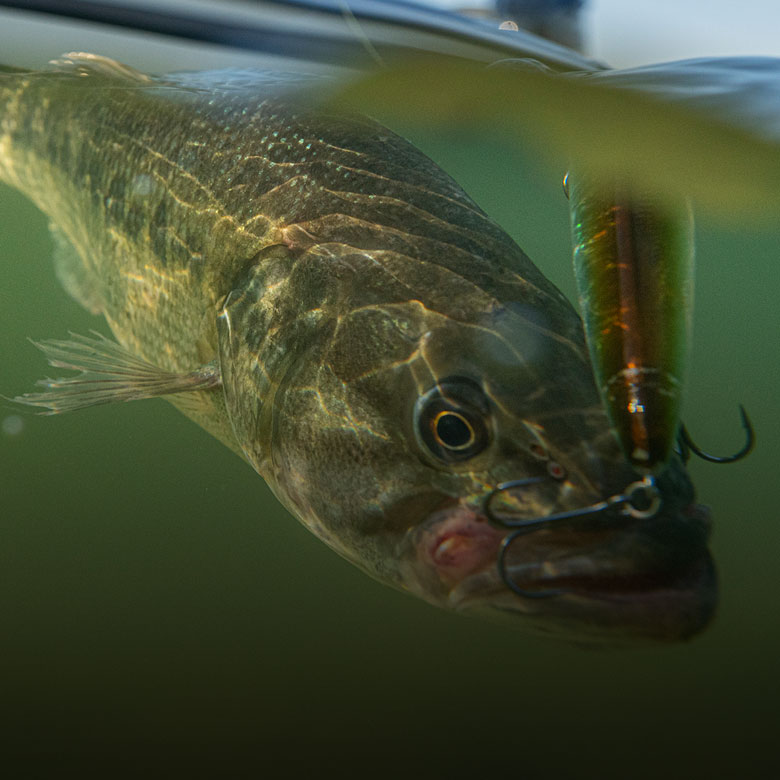
11 Stories

Oil-based scents are derived from the highly purified oily fractions of processed natural foods like herring, shad, and crayfish, primarily...
Read More >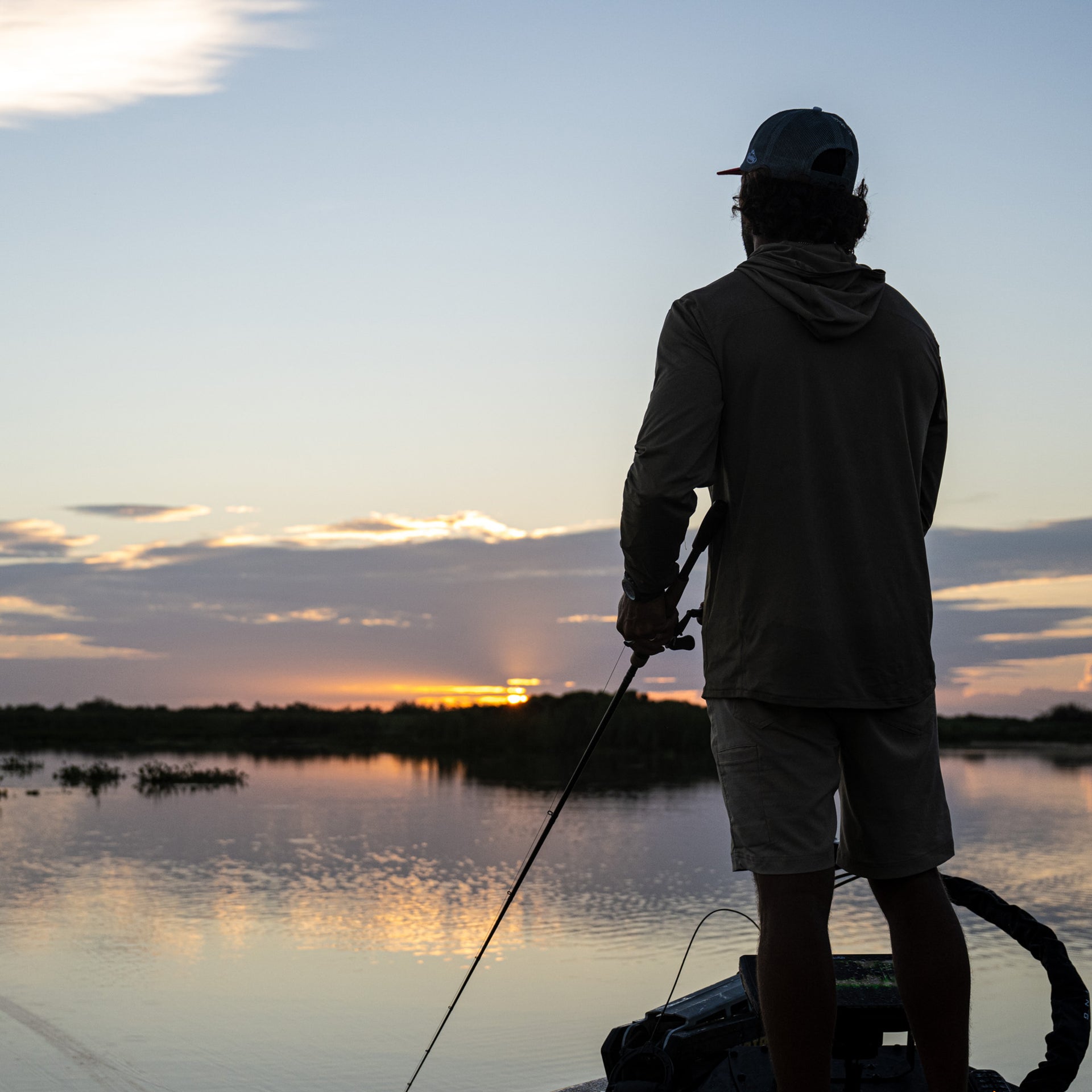
As we anglers get more and more diversified in our fishing skills, as we find out what works best for...
Read More >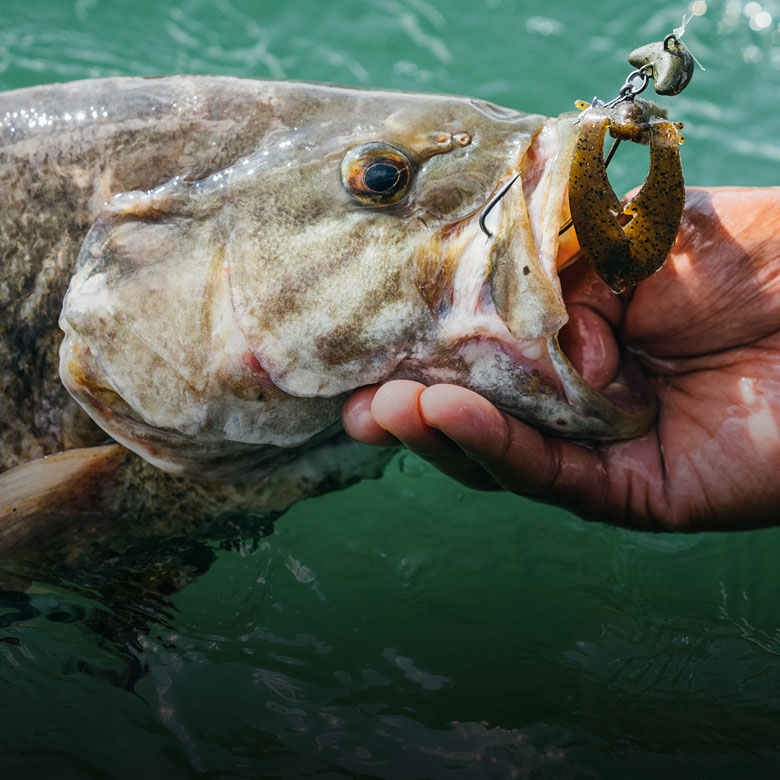
cold fronts are just a fact of life for most of the country from about October through April. That’s a...
Read More >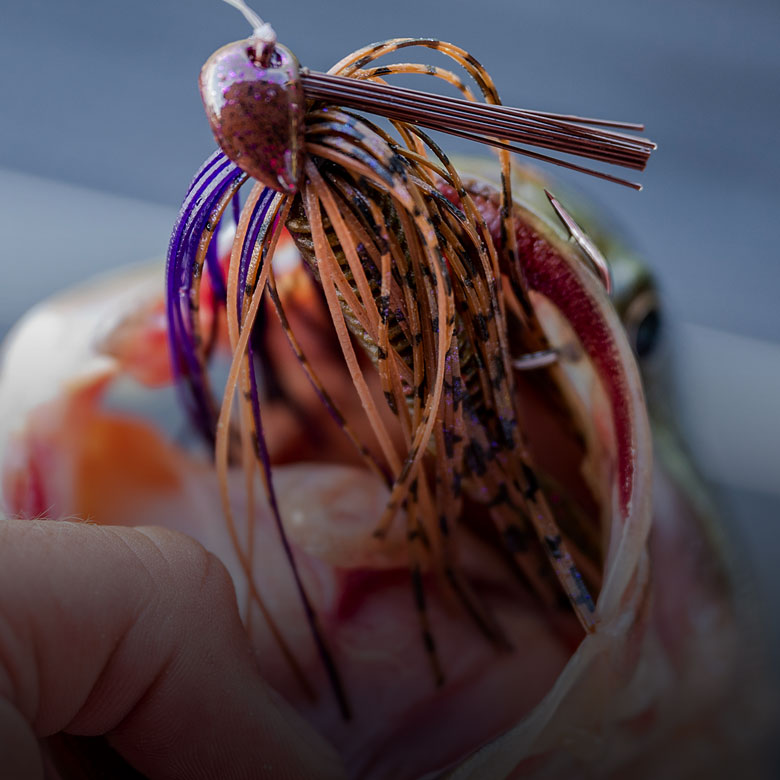
Bass apparently do see color. Their vision is strongest in the areas of medium-red to green. It fails rapidly moving...
Read More >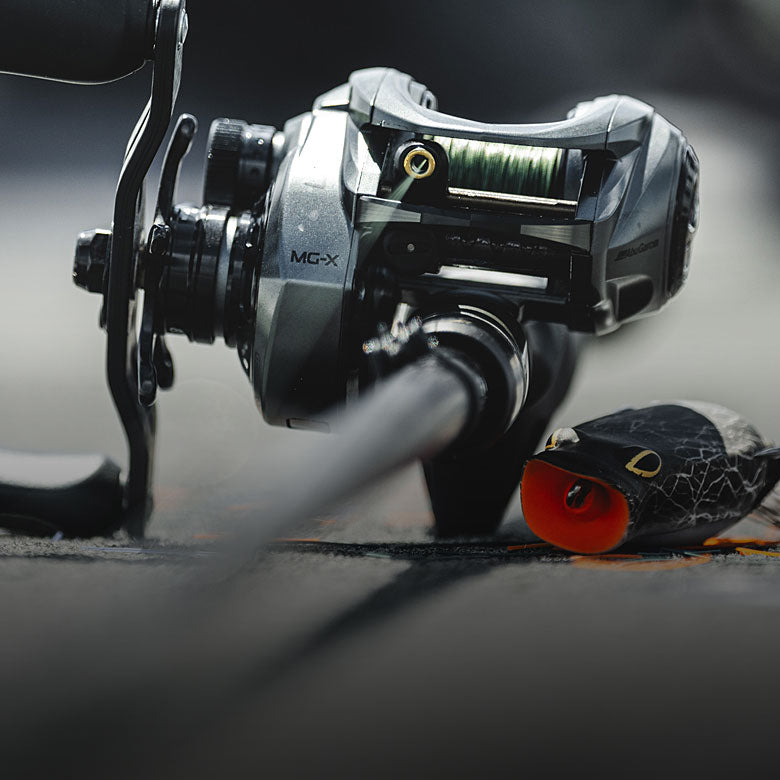
Understanding Your LINE Options... Decades ago, anglers had limited fishing line options like "catgut" or silk, requiring high maintenance. In...
Read More >
Fishing with a spinning reel opens up a lot of possibilities for many anglers. Easy to use and maintain as...
Read More >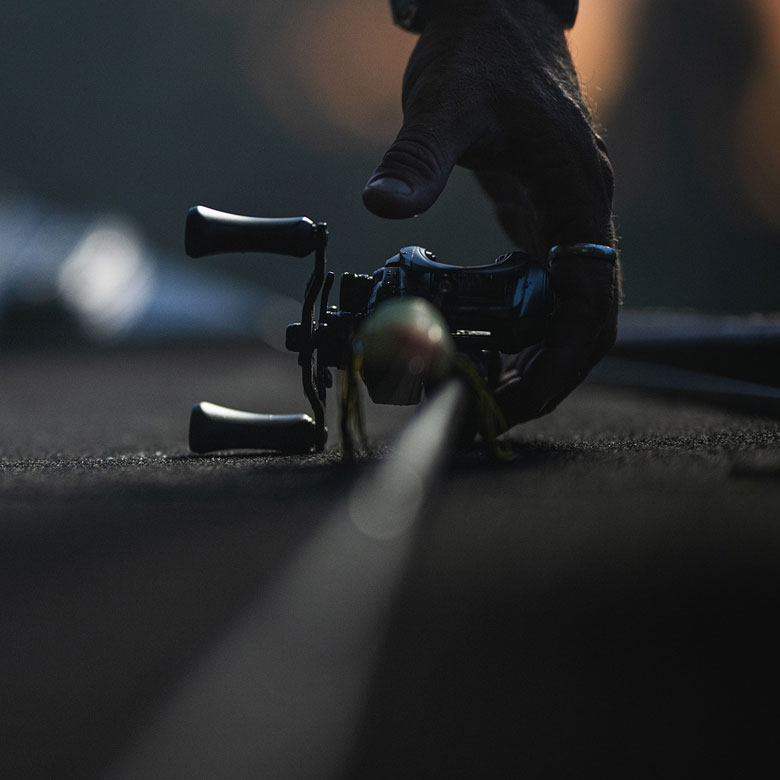
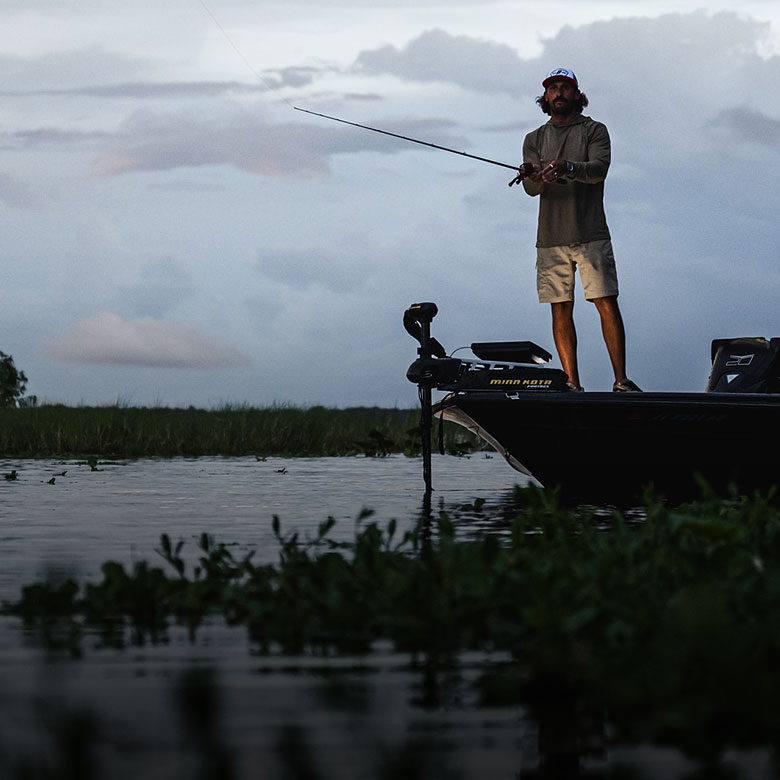
The Berkley Conservation Institute (BCI) is part of Pure Fishing and was developed to support conservation and angler recruitment efforts....
Read More >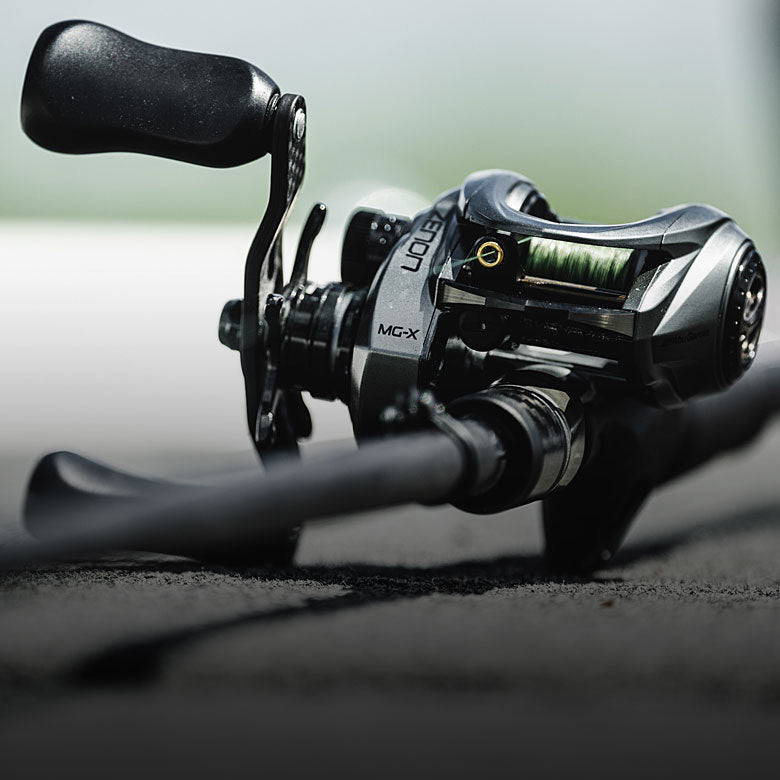
Fluorocarbon fishing line, once mainly used for saltwater leaders, has become popular across various angling scenarios due to its enhanced...
Read More >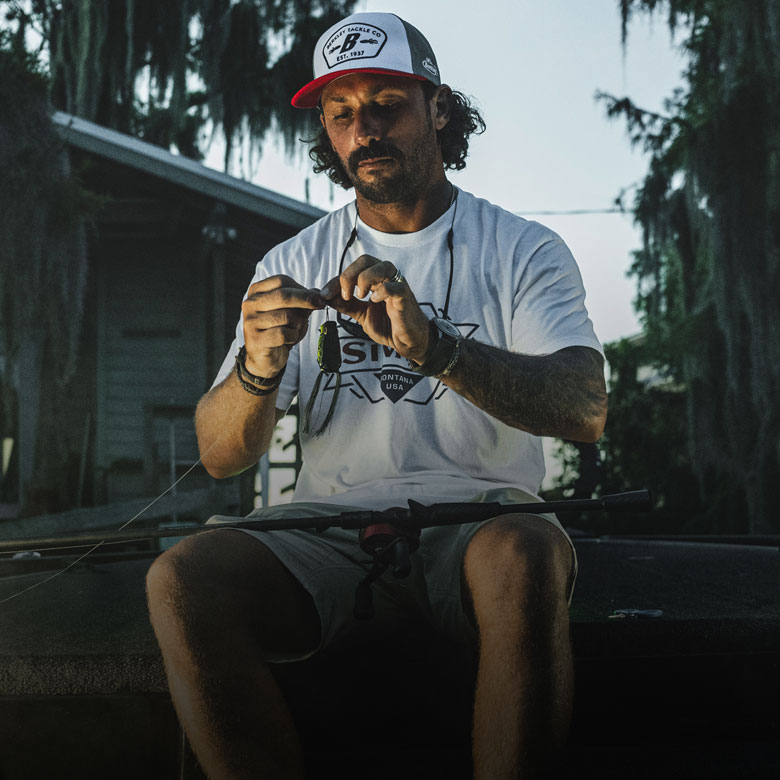
Tying a fishing knot is an important and essential skill of fishing. The knot is a critical link between you...
Read More >Showing 14 of 11